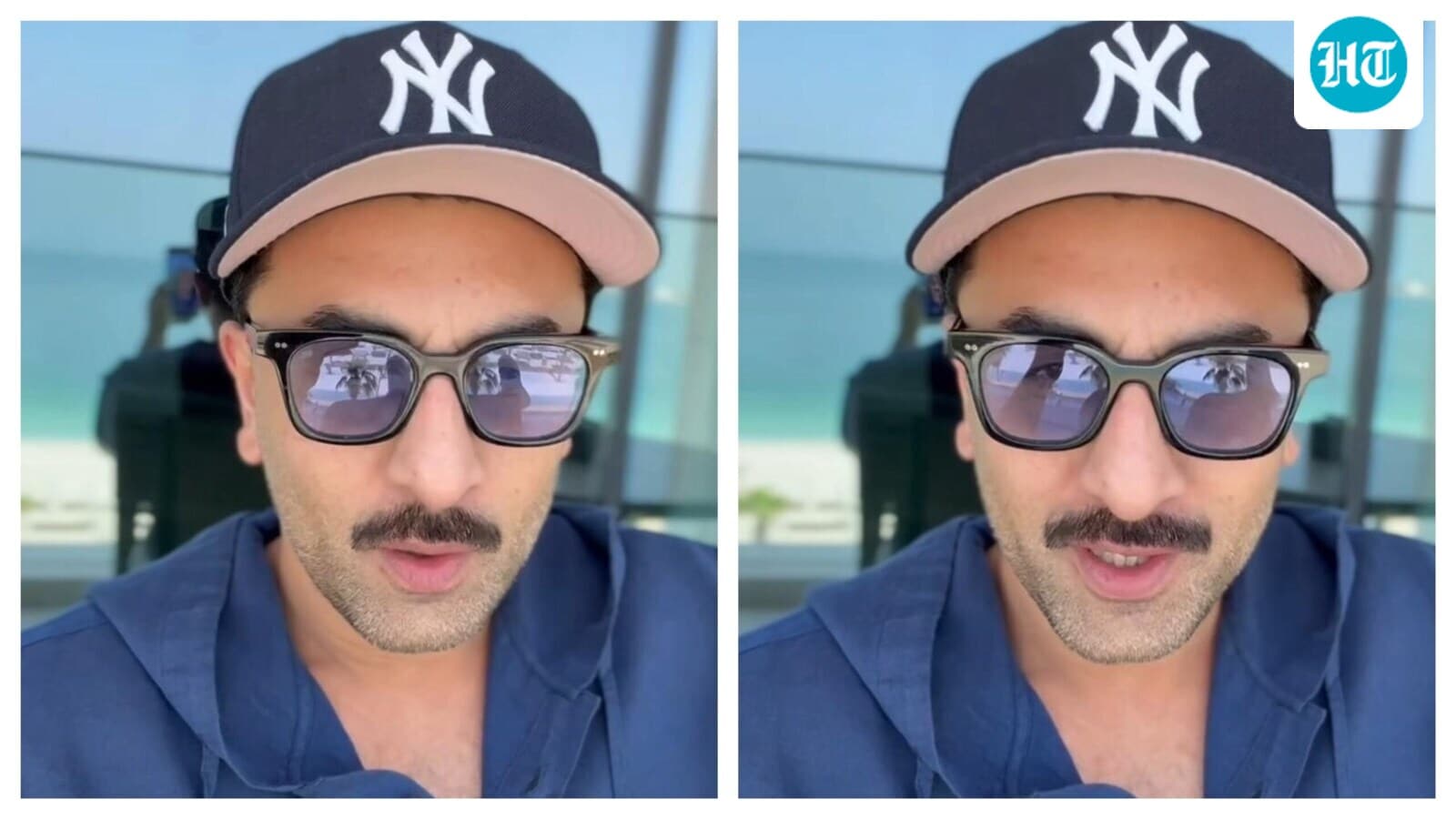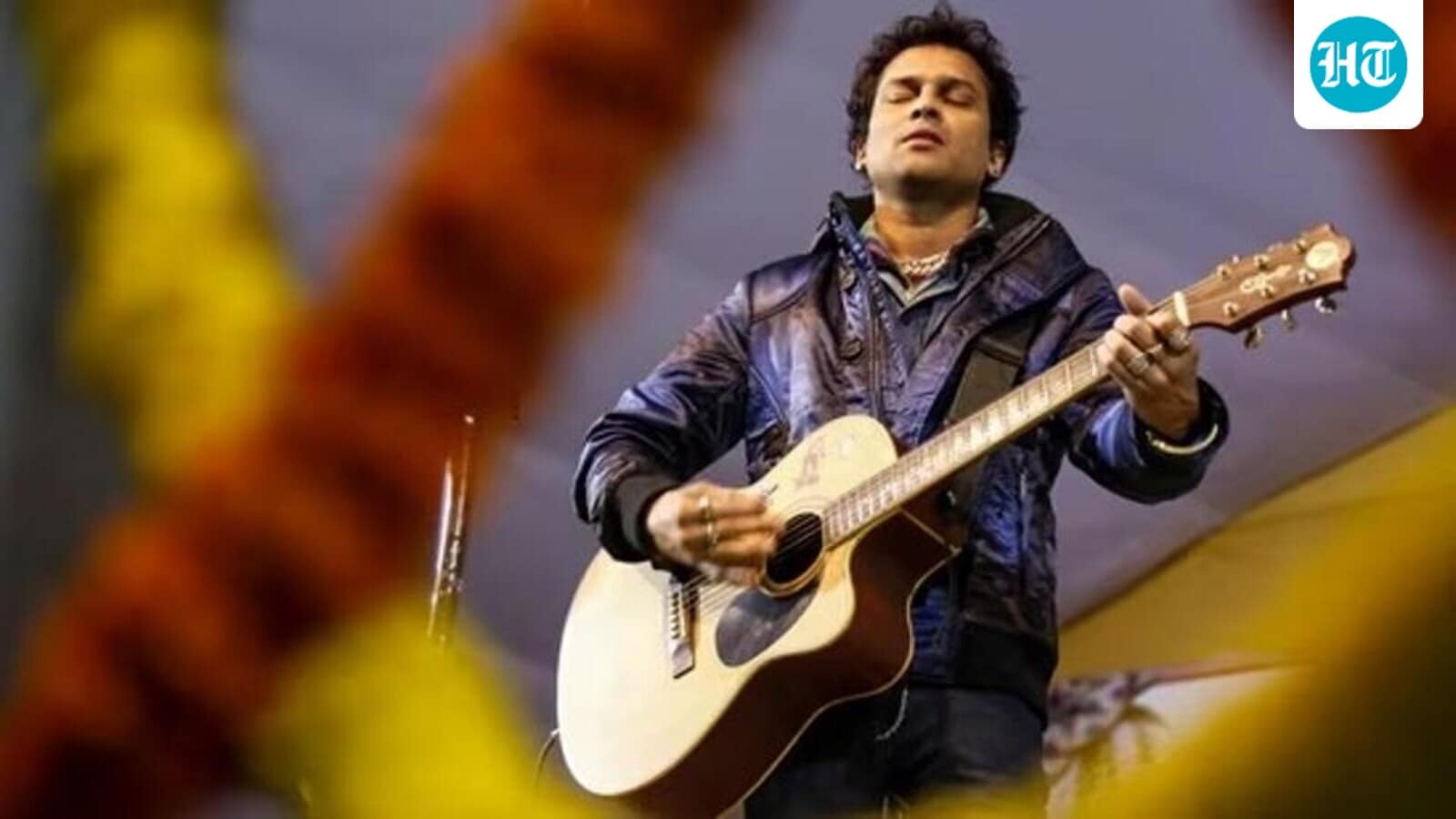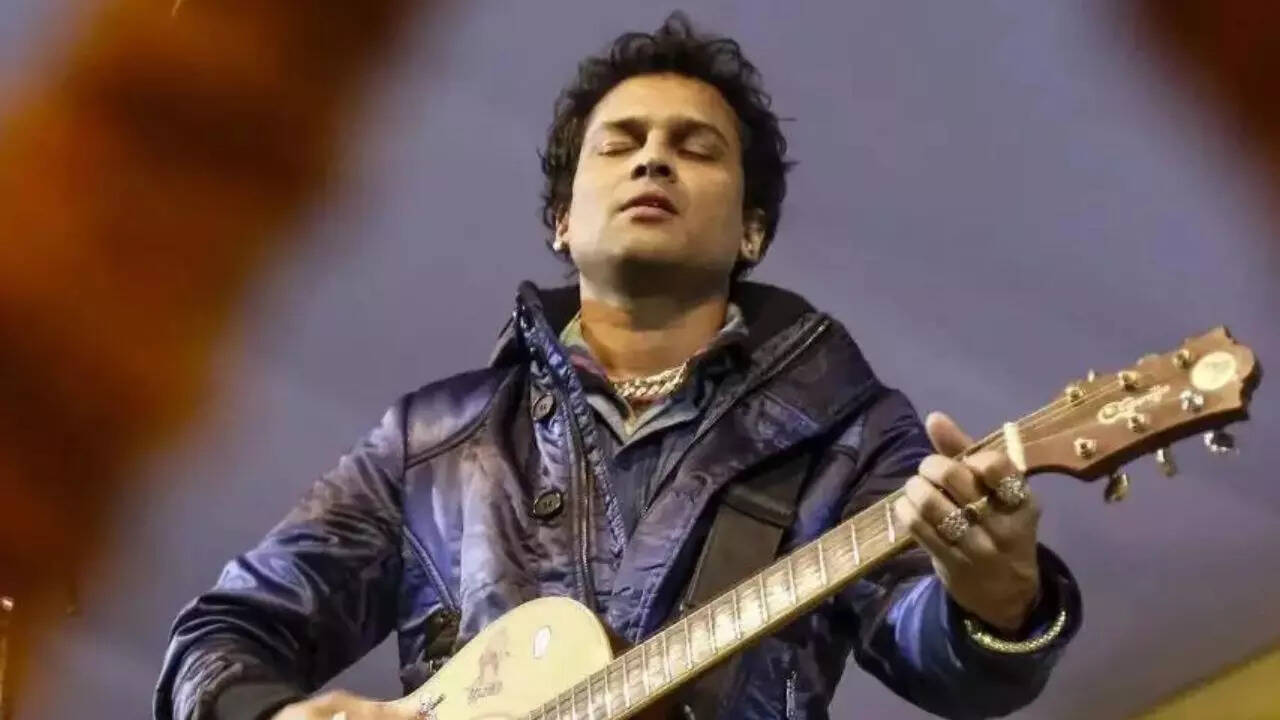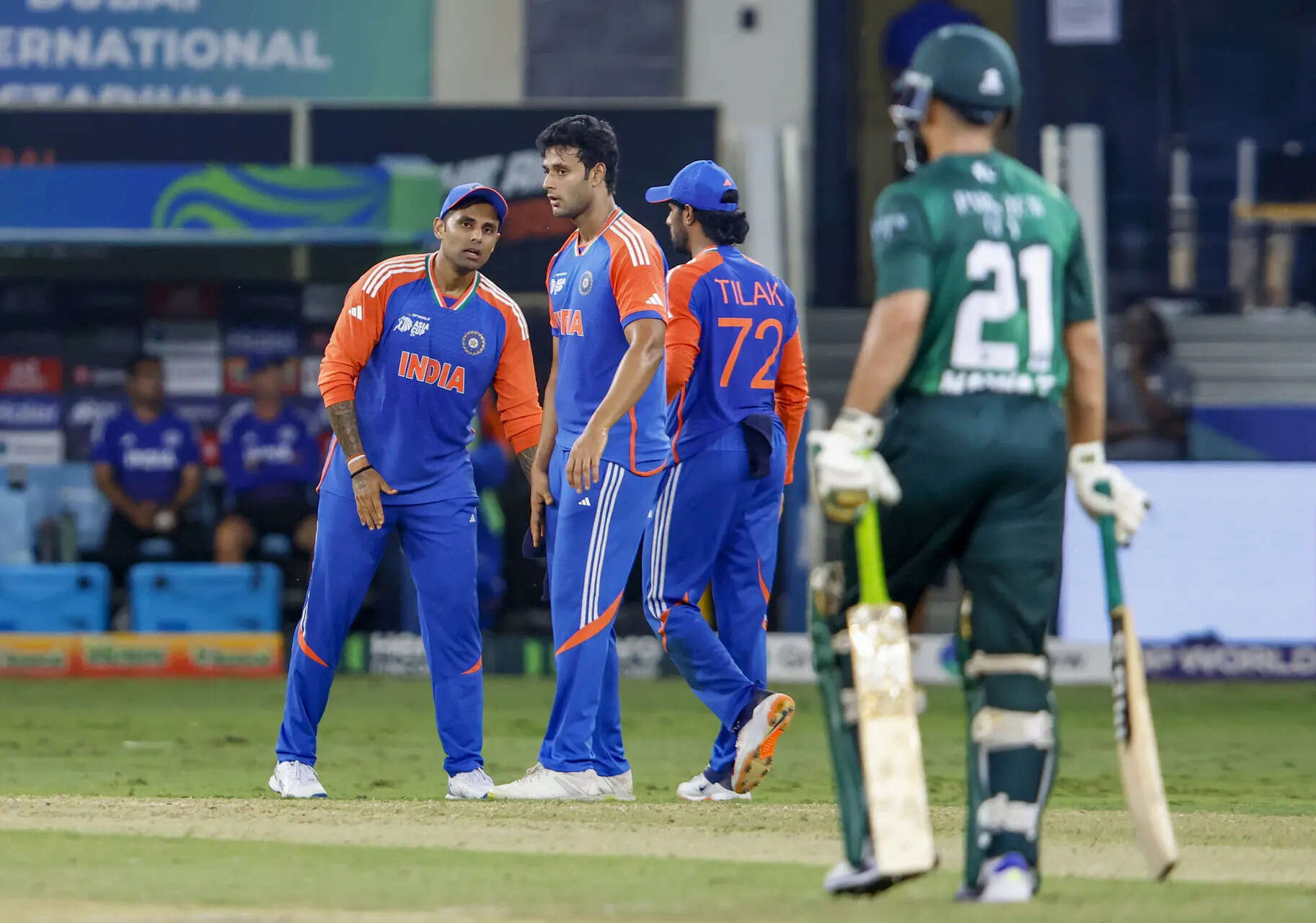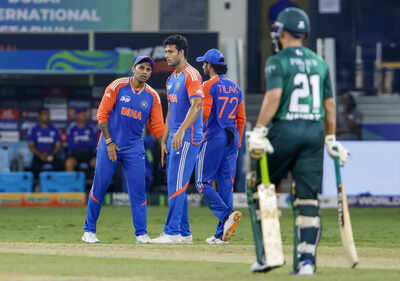Dubai: Few sporting occasions grip the imagination like an India–Pakistan final. Sunday’s clash — the first Asia Cup summit between the two sides in 41 years — is not just about bat and ball. It’s as much about politics as it is about cricket. This isn’t merely a game; it’s a geopolitical saga, dripping with history, rivalry, and raw emotion, where every move in the middle feels like a diplomatic statement. The tension is palpable and goes far beyond runs and wickets. India’s captain, Suryakumar Yadav, has doubled down on his no-handshakes policy, skipping the pre- and post-match pleasantries with Pakistan. Not one to back down, Pakistan’s fiery pacer Haris Rauf retaliated with taunts and a provocative aircraft-crash gesture that enraged millions of Indian fans. The ICC was unimpressed, slapping both players with 30% match-fee fines for breaching the code of conduct.
Adding fuel to the fire, Pakistan’s interior minister and PCB and ACC chief Mohsin Naqvi stirred the pot with cryptic, provocative posts on social media, ensuring this final feels as much a cross-border chess match as a sporting spectacle. India stormed through the tournament like a juggernaut, unbeaten in six consecutive games. Their closest scare came in a nail-biting Super Over against Sri Lanka, which they clinched with nerves of steel. Leading the charge is the explosive Abhishek Sharma, whose 200-plus strike rate and 309 runs in six games have left bowlers shell-shocked. Kuldeep Yadav, back with a vengeance, has spun a web around opposition batters, snaring 13 wickets and reaffirming why he’s India’s trump card. Varun Chakravarthy’s mystery spin has added to India’s dominance, making their bowling attack a nightmare for rivals. But it hasn’t been all smooth sailing. India’s batting has leaned heavily on Abhishek, with Tilak Varma’s 144 runs a distant second. Wicketkeeper-batter Sanju Samson is beginning to settle into his middle-order role, with a crucial 39 against Sri Lanka helping India breach the 200-run mark for the first time in the tournament. However, the likes of Suryakumar Yadav and Shubman Gill have failed to fire consistently, and India’s struggles in the final 10 overs have raised eyebrows. Injury concerns loom large too — Hardik Pandya’s hamstring scare and Abhishek’s recurring cramps exposed vulnerabilities. If the top order collapses, India lack a clear Plan B, making their dependence on a few key players a glaring concern. Pakistan, in contrast, have stumbled and staggered their way to the final, their campaign defined by grit rather than grace. Their batting lineup is fragile — to put it kindly — with Saim Ayub enduring a nightmare tournament, registering four ducks in what has been more of a horror show than a highlight reel. Only Sahibzada Farhan has shown flashes of promise against India’s relentless bowling attack, while Mohammad Nawaz and Salman Ali Agha were repeatedly bamboozled by India’s spinners. Pakistan’s hopes hinge on their new-ball duo of Shaheen Shah Afridi and Haris Rauf, whose fiery pace could exploit any early cracks in India’s batting. Pakistan, in particular, have a history of rising from the ashes, much like their stunning 2017 Champions Trophy triumph, when, ranked eighth in the world, they upset India in the final after a thrashing in the league stage.





